Tailor-made lighting solutions
Sustainable, smart lighting for hospitality
When furnishing hotels, bars and restaurants, experience is key. Lighting shapes the setting and is essential for an optimal experience.
In the world of hospitality, everything revolves around the guest’s experience and perception. Lighting plays a crucial role in this, not only as a functional element, but also as a shaper of atmosphere and ambiance. The right lighting accentuates the architectural features of a space and ensures the seamless integration of all elements, creating a harmonious whole.
Whether it’s an intimate candlelit dinner in a restaurant or the serenity of a hotel lobby, the choice of lighting can and will make all the difference.
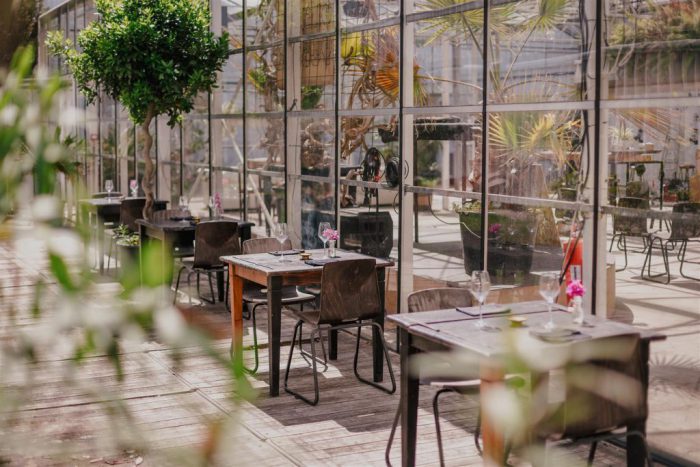
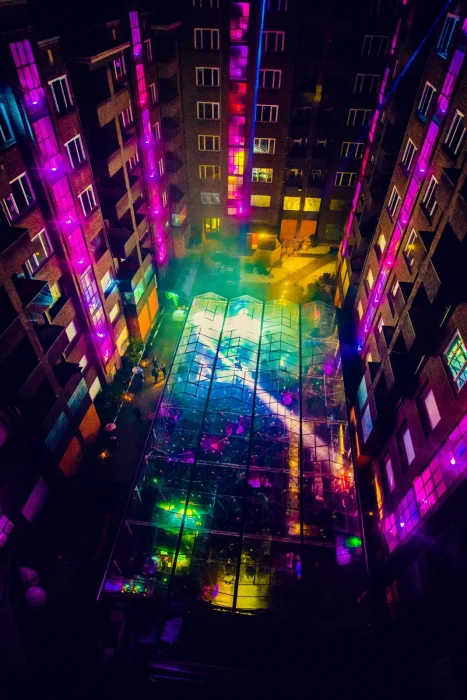
Lighting selection is often seen as a finishing touch, but it is actually the foundation of good architectural design. The right lighting makes or breaks your venue, so it deserves all your attention if you are still in the design phase of your architectural plan. For example, consider tables in a restaurant: to provide each table with the perfect backlight, it is necessary to consider the placement of all lighting to create an even light distribution for each individual table.
When choosing lighting, always keep your customers’ comfort in mind. A restaurant or bar can be innovative, but if your customers cannot read the menu or see the food, your concept is useless. The best way to avoid reflections is to place lighting outside your guests’ natural field of vision. Reflective objects such as mirrors or smooth surfaces should be placed with extra care; make sure they do not bother your customers.
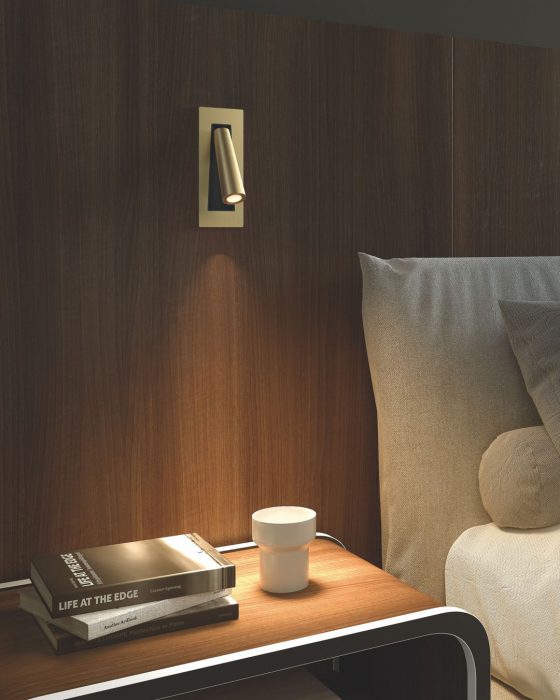

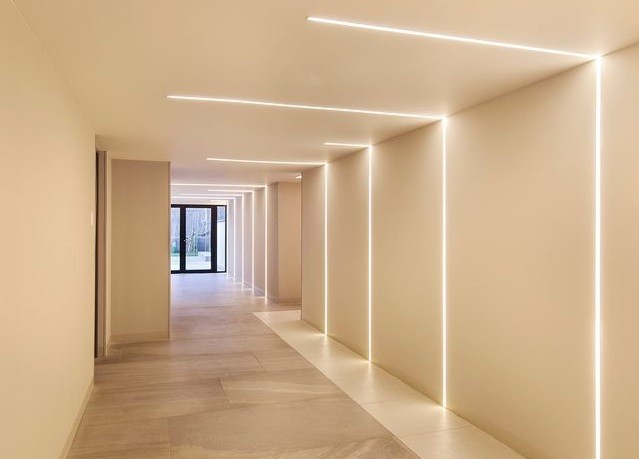
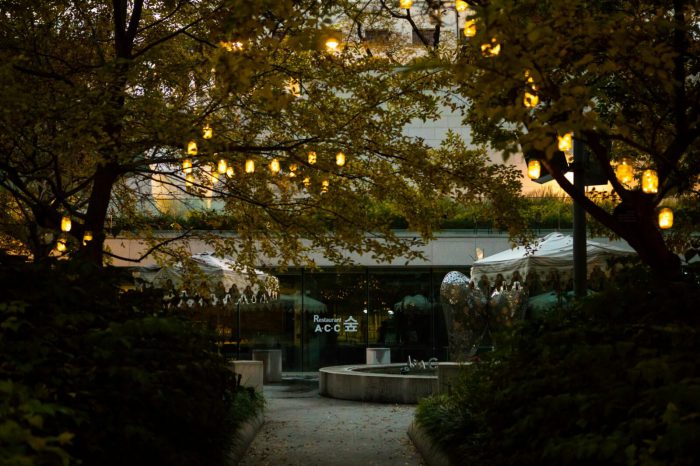
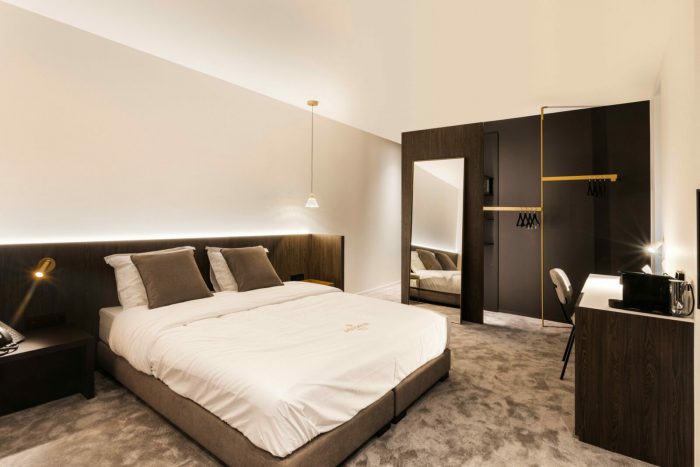
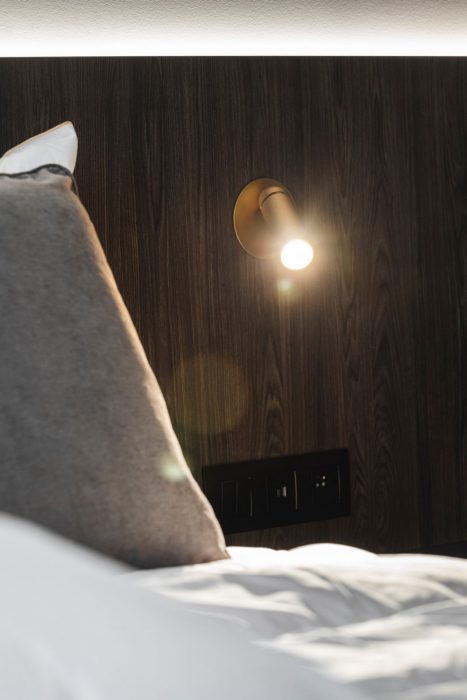
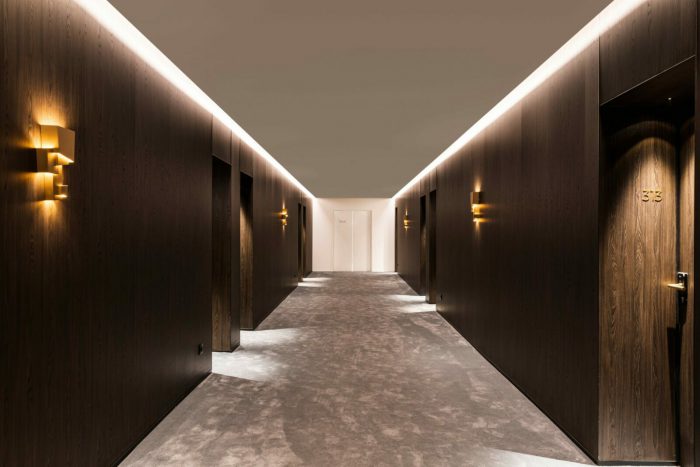
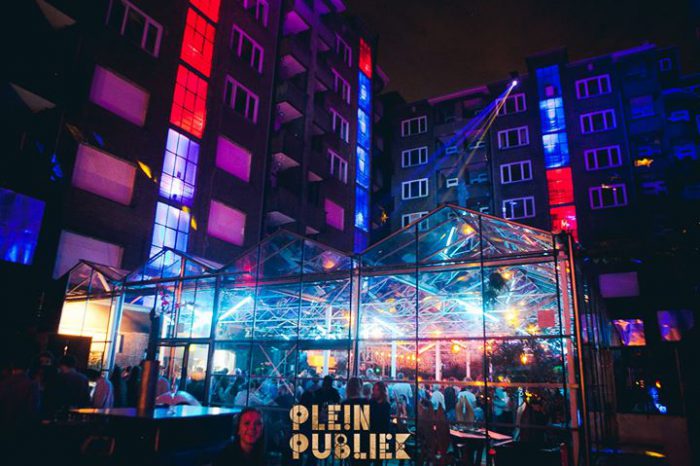
When entering a hotel or restaurant, guests instinctively look for directions and landmarks. In the context of a hotel, the front desk should be prominently displayed, acting as the central hub where guests can immediately check in and be guided. Through strategic use of lighting – creating focal points and playing with brightness levels – you can highlight specific areas of your space or subtly place them in the background.
The result? Guests not only receive a warm welcome, but are subtly and elegantly guided to key areas, contributing to an effortless and memorable experience.


Each layer in your lighting performs a different function in your venue. For example, one type contributes to the visual, aesthetic aspect. While another type of lighting is then essential to produce additional functional light.
The first and most important light source is “natural light“. This type of light determines the overall level of light in your space and provides the basis for other layers. Then there is task-oriented lighting. This functional type of lighting is placed in occupied areas where it is simply necessary to provide additional lighting, such as receptions, kitchens, cash registers….
Then there is accent lighting that provides additional emphasis on specific elements of your interior. Ranging from upward wall lighting to lighting behind your bar. Finally, decorative lighting completes the list. It adds a personal touch to your hotel or restaurant. The functional aspect is less important here; accent lighting is all about creating a unique personality.
All these types of light must be used in a balanced way to do justice to the space.

New energy-saving lighting solutions and Casambi technology for 3D Motion Studio Plankton.
View the case
A 35% reduction in energy consumption compared to traditional systems, thanks to smart lighting features.
View the case
Energy savings of 77% thanks to new high-quality LED lighting in Asogem Mechelen's warehouses.
View the case
Thanks to smart LED downlights, residential care center Mayerhof can save up to 82% energy on their lighting.
View the case
Human centric lighting in the offices of Induver, in collaboration with LoooP.
View the case















